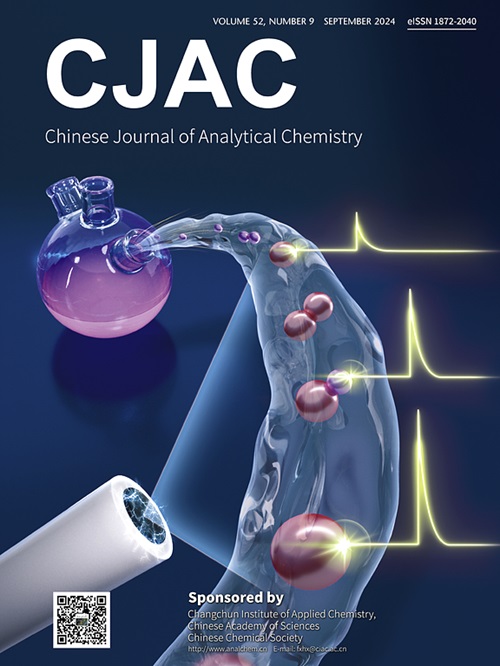Study on the differences of active ingredients among different medicinal parts of Angelica sinensis (Oliv.) based on LC-MS combined with multivariate statistical analysis
IF 1.3
4区 化学
Q4 CHEMISTRY, ANALYTICAL
引用次数: 0
Abstract
Angelica sinensis (Oliv.) Diels (DG). has a history of medicinal use for thousands of years. In order to meet clinical needs, it is often divided into DG head, body, tail, and whole DG for use, which means that there are differences between different parts. However, in the existing literature, there are few studies on different parts of DG, and they only compare the differences of a single chemical component in different parts of DG, and do not comprehensively analyze the differences of other components. Therefore, an ultra-high performance liquid chromatography-quadrupole orbitalrap mass spectrometry (UHPLC-Q-Orbitrap/MS) based combined with an untargeted metabolomics approach was used to compare the diversity of chemical constituents in different parts of DG. After multivariate statistical analysis, 537 differential compounds were screened, and 85 metabolites including 36 phthalides, 10 organic acids, 8 fatty acids, 6 amino acids, 4 coumarins, 4 esters, 3 phenylpropanoids, and 14 others were finally identified. After comparative analysis, the distribution of various components in different parts can be clarified. This study not only compared the differences in the chemical composition of different parts of DG, but also analyzed the relationship between important components and pharmacological effects in different parts, which provided a basis for more rational use of different parts of DG.

基于LC-MS结合多元统计分析的当归不同药用部位有效成分差异研究
当归(白芷)一昼夜的(DG)。有几千年的药用历史。为了满足临床需要,通常分为DG头、体、尾和整个DG使用,这意味着不同部位之间存在差异。但在现有文献中,对DG不同部位的研究较少,也只是比较了DG不同部位单一化学成分的差异,并没有对其他成分的差异进行全面分析。因此,采用基于UHPLC-Q-Orbitrap/MS的超高效液相色谱-四极杆轨道阱质谱(UHPLC-Q-Orbitrap/MS)结合非靶向代谢组学方法来比较DG不同部位化学成分的多样性。经多元统计分析,共筛选出537种差异化合物,最终鉴定出85种代谢物,包括36种酞类、10种有机酸、8种脂肪酸、6种氨基酸、4种香豆素、4种酯类、3种苯丙素和14种其他代谢物。通过对比分析,可以明确各种成分在不同部位的分布。本研究不仅比较了DG不同部位化学成分的差异,还分析了不同部位重要成分与药理作用的关系,为更合理地使用DG不同部位提供依据。
本文章由计算机程序翻译,如有差异,请以英文原文为准。
求助全文
约1分钟内获得全文
求助全文
来源期刊
CiteScore
3.60
自引率
25.00%
发文量
17223
审稿时长
35 days
期刊介绍:
Chinese Journal of Analytical Chemistry(CJAC) is an academic journal of analytical chemistry established in 1972 and sponsored by the Chinese Chemical Society and Changchun Institute of Applied Chemistry, Chinese Academy of Sciences. Its objectives are to report the original scientific research achievements and review the recent development of analytical chemistry in all areas. The journal sets up 5 columns including Research Papers, Research Notes, Experimental Technique and Instrument, Review and Progress and Summary Accounts. The journal published monthly in Chinese language. A detailed abstract, keywords and the titles of figures and tables are provided in English, except column of Summary Accounts. Prof. Wang Erkang, an outstanding analytical chemist, academician of Chinese Academy of Sciences & Third World Academy of Sciences, holds the post of the Editor-in-chief.

 求助内容:
求助内容: 应助结果提醒方式:
应助结果提醒方式:


